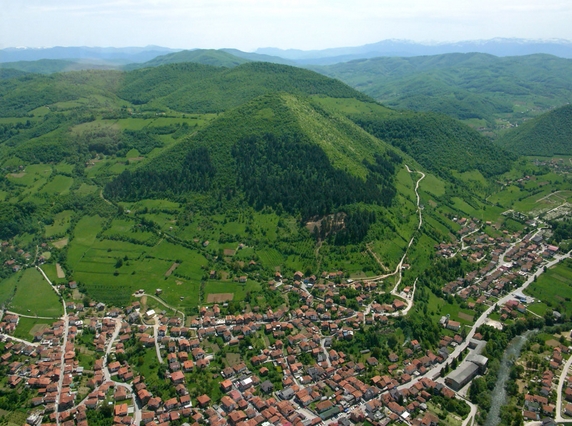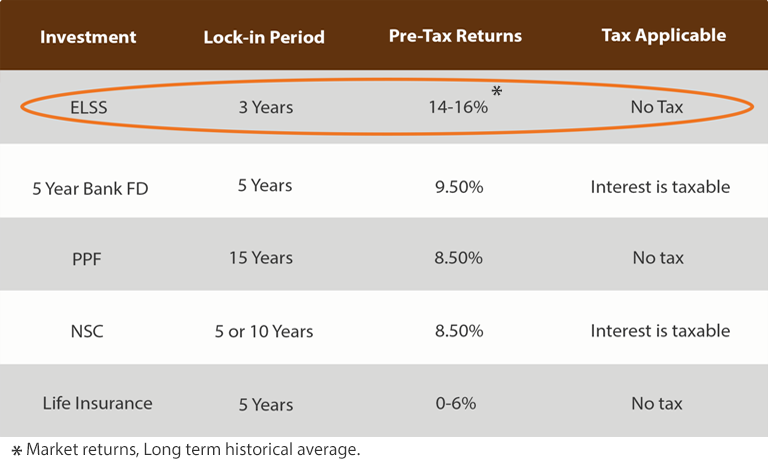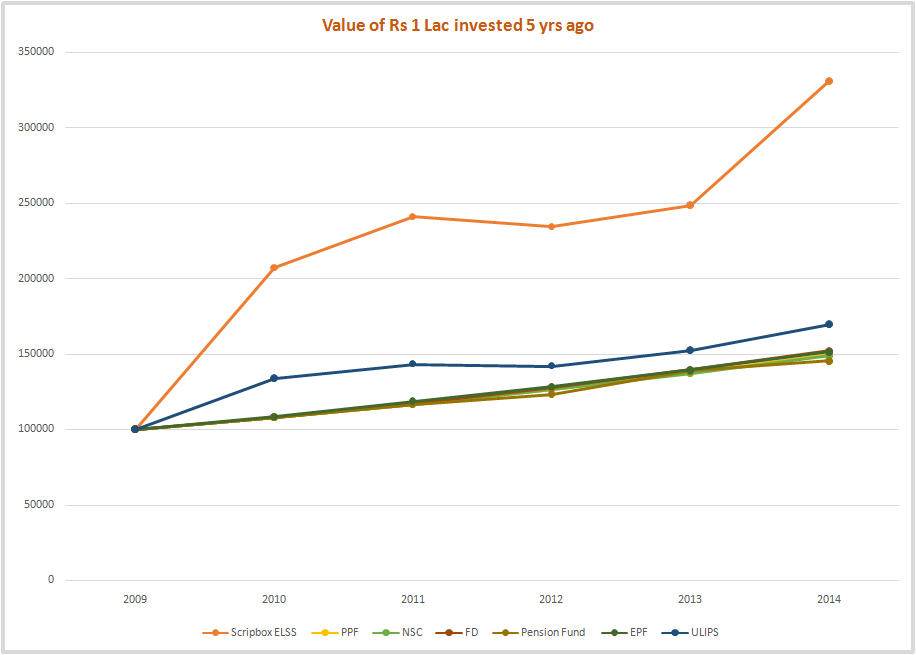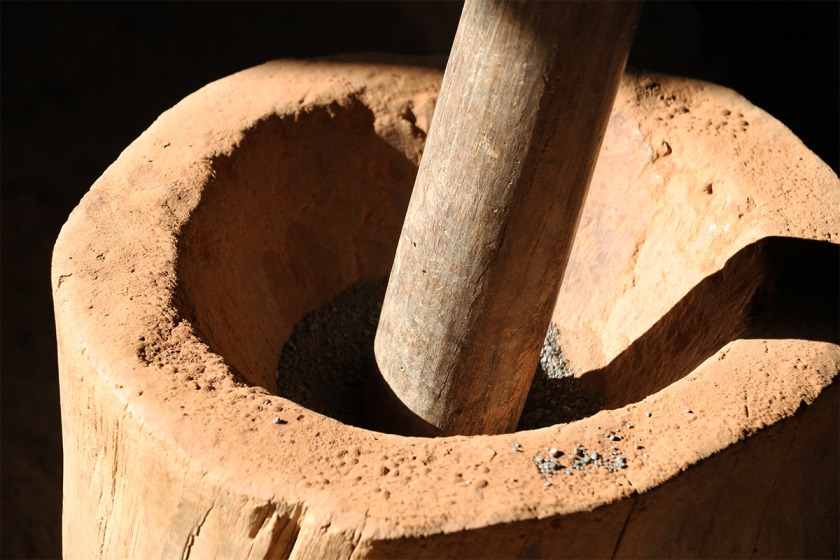Article 370: The untold storyBy Maj Gen Sheru Thapliyal
Issue: Vol 26.1 Jan-Mar 2011 | Date : 03 Mar , 2015
It is often not realized that among the causes of Kashmir problem – inclusion of plebiscite in the Instrument of Accession, reference of Kashmir to UN, halting Indian offensive when it was poised to drive out the invaders from Kashmir, Article 370 has played no less a part in preventing J&K from becoming an integral part of the Indian Union.
Not many people are aware as how and why this Article was formulated and included in the Indian Constitution despite grave misgivings of Sardar Patel and indeed a large number of the members of Congress Working Committee and Constituent Assembly.
Article 370 was worked out in late 1947 between Sheikh Abdullah, who had by then been appointed Prime Minister of J&K by the Maharaja and Nehru, who kept the Kashmir portfolio with himself and kept Sardar Patel, the home minister, away from his legitimate function. Hence Nehru is answerable to all acts of commission and omission, consequences of which we are suffering till date as far as J&K is concerned.
“Why should a state of the Indian Union have a special status? It conveys a wrong signal not only to Kashmiris but also to the separatists, Pakistan and indeed the international community that J&K is still to become integral part of India, the sooner Article 370 is done away is better.”
While it was Mountbatten who persuaded Nehru to take the J&K issue to the UN, it was Sheikh Abdullah, who, driven by his ambition to be ruler of an independent Kashmir and his hatred for the Maharaja, persuaded Nehru to give special status to J&K.
Among his reasons were – occupation of one third of J&K by Pakistan, reference to the UN and plebiscite.
The most sinister aspect of proposed Article 370 was the provision that any changes could be brought about in it only by the concurrence of J&K assembly.
Nehru’s promise that Article 370 was a temporary provision and will get eroded over a period of time has turned out to be a chimera.
The first thing that Sheikh Abdullah got done was to abolish hereditary monarchy and redesignate him as Sadar-e-Riyasat who was to be elected by the Assembly. The accession of J&K State into Indian Union was approved by J&K Assembly only in 1956.
Dramatis Personal
Jawahar Lal Nehru The handsome Harrow educated aristocrat who gave up a life of luxury to join the freedom movement.
Babu’s choose heir and darling of the masses, he had a fatal flaw. He cared for personalities rather than issues and institutions, be it selection of Lord Mountbatten as the first Governor General of free India, retaining a senior British officer as the Commander-in-Chief of India Army or backing Sheikh Abdullah to the hilt – his choices were unfortunate. Finally the Chinese aggression of 1962 shattered his image of a world statesman.
Sardar Patel The Iron Man of India — silent, strong and pragmatic with a complete hold on congress party organization — rightly credited with creating a unified India by integrating 565 princely states in it — he would have included Kashmir also in it if allowed to do so by Nehru.
The only blot on him was the insinuation that he failed to protect his beloved Bapu. The slur only hastened his end in Dec 1950.
Nehru’s promise that Article 370 was a temporary provision and will get eroded over a period of time has turned out to be a chimera.
Sheikh Mohammed Abdullah Charismatic Kashmiri leader who never let go of his dream of ruling an independent Kashmir even while masquerading as a secularist — architect of Article 370 along with Nehru.
He must share with Nehru the grave consequences. Lion of Kashmir brought Nehru under his spell from 1938 onwards to the extent that in May 1947 when he was arrested by the Maharaja for sedition, Nehru represented Sheikh as his lawyer and was even arrested in Jun 1947 by the Maharaja while trying to enter J&K.
Finally Nehru had to eat the humble pie by arresting Sheikh Abdullah for sedition on 9 Aug 1953.
Maharaja Hari Singh The Maharaja saw an opportunity at the end of British Raj to keep Kashmir as the Switzerland of the East.
Trying to repeat history when his ancestors – Maharaja Gulab Singh and Ranbir Singh gained handsome dividends by keeping aloof during the Sikh War and Great Mutiny, Hari Singh tried to sign a standstill Agreement with India and Pak at the time of independence, Pakistan signed, India declined. Maharaja died a lonely man, forced to abdicate and exiled from his beloved land.
The Drama Unfolds
Having finalized the text of Article 370 with Sheikh Abdullah, Nehru brought in Gopalaswamy Ayyangar, IAS, as a minister without portfolio to help him deal with Kashmir portfolio and plead the case of Article 370 in the Constituent Assembly.
Gopalaswamy Ayyangar had been prime minister of Kashmir for six years with Maharaja Hari Singh. When Sardar Patel expressed his misgivings, this is what Nehru had to say on Dec 27, 1947.
“Gopalaswamy Ayyangar has been especially asked to help in Kashmir matters. Both for this reason and because of his intimate knowledge and experience of Kashmir, he had to be given full latitude.
I really do not know where the States Ministry (Sardar Patel’s ministry) comes into the picture except that it should be kept informed for the steps taken. All this was done at my instance and I do not propose to abdicate my functions in regard to matters for which I consider myself responsible. May I say that the manner of approach to Gopalaswamy was hardly in keeping with the courtesy due to a colleague.”
It speaks volumes of Patel’s loyalty to a colleague that despite his own and others misgivings, he managed to convince the members of Constituent Assembly and Congress Party Executive. But to V Shankar he said “Jawaharlal Royega”.
The Sardar thereupon resigned and the matter fell in Gandhiji’s lap to bring the two colleagues together. During this period, V Shankar, IAS was the personal secretary to Patel and had maintained a record of all events.
It is clear from these records that Nehru finalized the draft of Article 370 along with Sheikh Abdullah without even informing Patel. Thereafter it fell to Gopalaswamy Ayyangar to get the draft passed in the Constituent Assembly discussions. The proposal was torn to pieces by the Constituent Assembly and also Congress Party Executive.
Nehru, who was abroad at the time, swallowed his pride and rang up Patel and requested him to get the Article 370 approved. It speaks volumes of Patel’s loyalty to a colleague that despite his own and others misgivings, he managed to convince the members of Constituent Assembly and Congress Party Executive.
But to V Shankar he said “Jawaharlal Royega”. V Shankar, in his record has described the meeting of the Congress Executive Committee “The meeting was one of the stormiest I have ever witnessed barring the party meeting which discussed the proposition relating to Rajaji becoming the first President of Indian Republic.
The opinion in opposition to Gopalaswamy’s formula was forcefully and even militantly expressed and the issue even brought in the sovereignty of the Constituent Assembly to draw up the Constitution without being tied down to the apron-strings of the Kashmir State Constituent Assembly. In such a situation even Maulana Azad was shouted down.
The Party was in uproar. The Sardar had to plead that because of the international complications, a provisional approach alone could be made leaving the question of final relationship to be worked out according to the exigencies of the situation and mutual feelings and confidence that would have been by then created.
Once the Sardar had taken charge, all opposition to the draft was silenced” And how Nehru responded to this great act of loyalty on part of Sardar? On 24 July 1952, after Sardar was no more, Nehru made a detailed statement on Kashmir in the Parliament on slow integration of Kashmir into India Union and mentioned that “Sardar Patel was all the time dealing with these matters.”
Even Gopalaswami Ayyangar was dismayed at this blatant lie and mentioned to V Shankar “It is an ill return to the Sardar for the magnanimity he had shown in accepting Panditji’s point of view against his better judgment.”
Consequences of Article 370
Article 370 has been the biggest impediment to integration of J&K State into Indian Union. That it was incorporated in the Indian Constitution by the machination of two individuals – Shiekh Abdullah and Nehru is all the more regrettable.
Nehru had to eat the humble pie when he had to arrest the Sheikh for his divisive and anti national stance on 8 Aug 1953 but he did not let go of his concept of keeping J&K a separate entity. In 1957, some top leaders of National Conference led by Mr Qasim split the party and formed a group called Democratic National Conference (DNC).
Article 370, included in the Constitution on a temporary provision should have been gradually abrogated. This has not happened in sixty years.
It had abrogation of Article 370 on its agenda. Nehru would not brook any opposition to his policy of keeping J&K a separate entity. He told the leaders that a new threat (China) is emerging and it is an inopportune time to raise this issue and forced them to drop their demand. Nehru thereafter decided to withdraw the Kashmir conspiracy case against Sheikh Abdullah. This case had been going on since May 21, 1958. The formal orders however were issued by Govt of India on 8 April 1964.
It is often forgotten that J&K state is not a homogeneous entity. Apart from Valley Muslims, Jammu has a predominantly Hindu population while Ladakh has a mix of Buddhist and Muslims. Then you have the Gujjars & Bakarwals.
Why is Article 370 detrimental to the full integration of J&K state into Indian Union. Firstly the Central Govt can make laws only with concurrence of the State govt, practically giving it the Veto power. Article 352 and 360 for declaration of national and financial emergency respectively cannot be applied in Kashmir. While a citizen of India has only Indian citizenship, J&K citizens have two citizenships. Anti Defection Law is not applicable to J&K. No outsider can buy property in J&K state.
The beneficial laws such as Wealth Tax, Gift Tax & Urban Land Ceiling Act and intermarriage with other Indian nationals do not operate in J&K State.
Even Article 356 under which President of India can impose his rule in any state cannot be enforced in J&K without consent of the Governor who himself is an appointee of the President. State of J&K can refuse building of any cantonment on any site or refuse to allot land for defence purposes.
Article 370, included in the Constitution on a temporary provision should have been gradually abrogated. This has not happened in sixty years.
In fact whenever someone mentions this, vested interests raise an outcry that legitimate rights of Kashmiris are being trampled upon. Stated agenda of National Conference is return to pre 1953 status.
Why should a state of Indian Union have a special status? It conveys a wrong signal not only to Kashmiris but also to the separatists, Pakistan and indeed the international community that J&K is still to become integral part of India, the sooner Article 370 is done away is better.
=======================================================================
Article 370 of the Constitution of India
Temporary Provisions with respect to the State of Jammu & Kashmir
1. Notwithstanding anything in this constitution:
(a) The provisions of Article 238 shall not apply in relation to the State of Jammu & Kashmir.
(b) The power of Parliament to make laws for the said state shall be limited to
(i) those matters in the Union List and the Concurrent List which in consultation with the Government of the State, are declared by the President to correspond to matters specified in the Instrument of Accession governing the accession of State to the Dominion of India as the matters with respect to which the Dominion Legislature may make laws for that State and
(ii) Such other matters in the Said Lists as, with the concurrence of the Govt of the State, the President may, by order specify.
1. Explanation. For the purposes of this Article, the Govt of the State means the person for the time being recognized by the President as Maharaja of Jammu & Kashmir acting on the advice of the council of Ministers for the time being in office under the Maharaja’s Proclamation dated the fifty day of March 1948.
(c) The provisions of Article (1) and of this Article shall apply in relation to this State;
(d) Such of the other provisions of this Constitution shall apply in relation to that State Subject to such exceptions and modifications as the President may by order specify;
Provided that no such order which related to the matters specified in the Instrument of Accession of the State referred to in paragraph (i) of sub clause (1) shall be issued except in consultation with the govt of the State.
Provided further that no such order which relates to matters other than those referred to in the last proceeding proviso shall be issued except with the concurrence of the Govt of the State.
(2) If the concurrence of the Govt of the State referred to in para (ii) of Sub Clause (b) of Clause (1) be given before the Constituent Assembly for the purpose of framing the Constitution of the State is concerned. It shall be placed before such Assembly for such decision as it may take thereon.
(3) Notwithstanding the anything in the foregoing provisions of the article, the President may, by public notification, declare that this Article shall cease to be operative or shall be operative only with such exceptions and modifications and from such date as he may notify.
Provided that the recommendation of the Constituent Assembly of the State referred to in Clause (2) shall be necessary before the President issues such a notification.
=======================================================================
References
India Betrayed – The Role of Nehru -Brigadier BN Sharma
Lost Decades -Nani Palkhiwala
Atish-E-Chinar -Sheikh Abdullah
Partition Plan -Alan Campbell Johnson
Correspondence of Sardar Patel -Durga Das
Kashmir 1947 - Rival Versions of History -Prem Shankar Jha
My Frozen Turbulence in Kashmir -Jagmohan
My Reminiscences of Sardar Patel -V Shankar
Appendix A – Article 370© Copyright 2015 Indian Defence Review
http://www.indiandefencereview.com/news/article-370-the-untold-story/


















